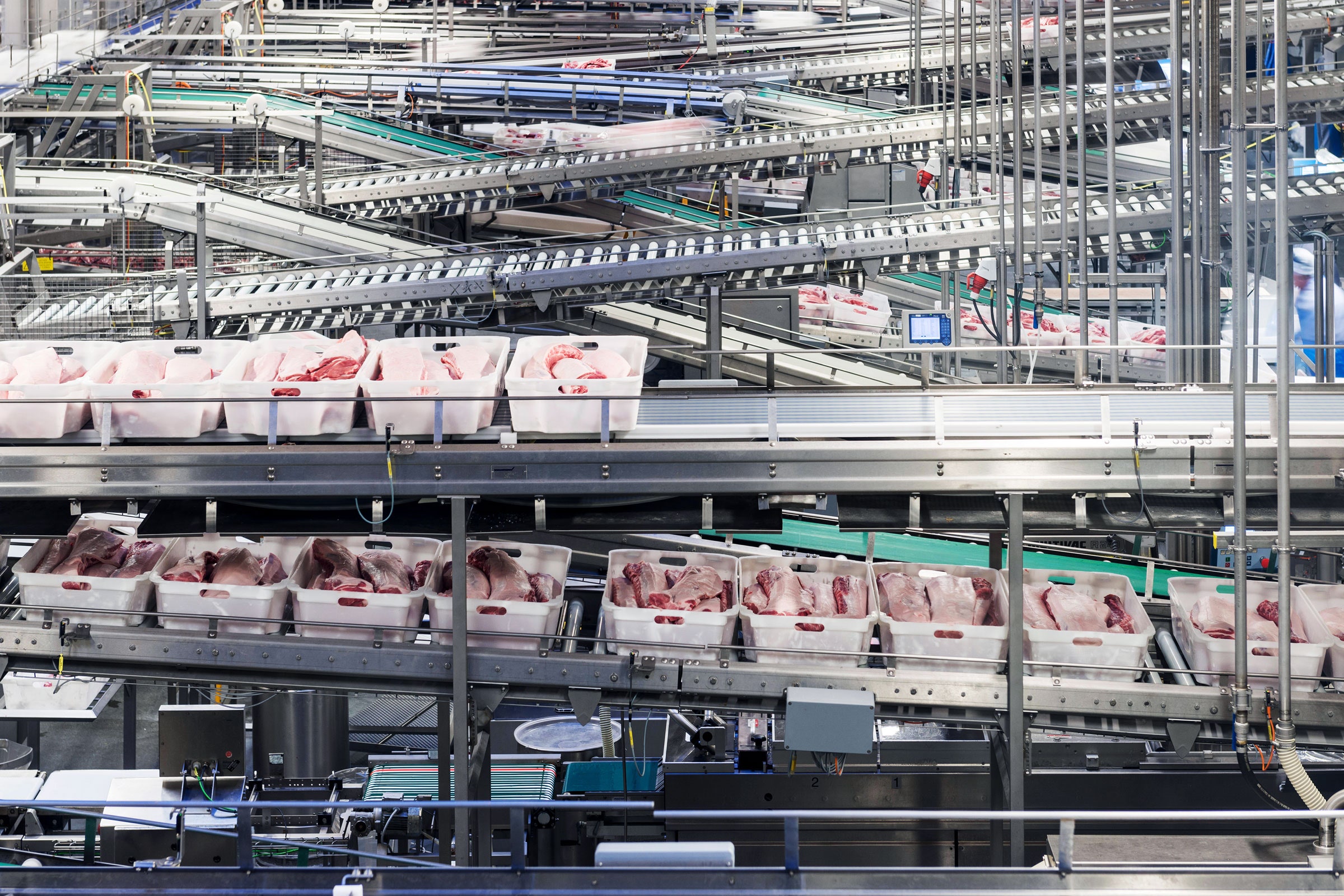



Article by: Hari Yellina
Flooding rains in southern Queensland and northern NSW have dealt an additional blow to the cattle processing industry, causing severe damage to infrastructure and the loss of stockpiled inventory. The closure of certain plants between Gympie and Casino is scheduled to last until the end of the week. According to sector executives, there have been no reports of cattle on trucks becoming stranded as a result of the tragedy, with the advice to keep them at home going through promptly. However, with roads destroyed and extensively damaged throughout the region, the problem of bringing slaughter-ready animals to plants is expected to persist.
“There’s no doubt that floods have impacted a large portion of the country’s processing capability, and it’s not just about facility damage,” said Patrick Hutchinson, chief executive officer of the Australian Meat Industry Council. People are unable to report to work, cattle must be managed, and logistics issues will arise as the water recedes. Rain has fallen in locations where there are few cattle on the farm; the majority are hauled in. The good news for processors in 2022 is that they already have a variety of action plans in place for when these things happen.” Thomas Elders Markets released herd estimates based on Australian Bureau of Statistics statistics for the submerged areas, which reveal that they are home to about 475,000 head of cattle, or 2% of the national herd.
The Richmond and Tweed region of NSW has the most cattle, with over 160,000 head, accounting for about 4% of the state’s cattle herd. In NSW, the three flood-affected regions account for around 8% of the state’s herd, while only 1.5 percent of Queensland’s herd is in flooded areas. However, according to TEM’s Matt Dalgleish, the flooding does not affect the entirety of these areas. That means cattle losses won’t be as high as they were during the far north Queensland flooding in 2019.
Nonetheless, slaughter rates will be significantly impacted, and the calamity comes after a very difficult start to the year for the processing industry. During January, the Omicron outbreak kept up to 70% of meat workers at some plants at home, forcing widespread short-term closures and significant reductions in slaughter numbers. Processors have been plagued by high cattle prices for two years, resulting in negative margins, and January was a disaster month, with TEM’s theoretical beef processor model indicating an average loss of $371 per head.